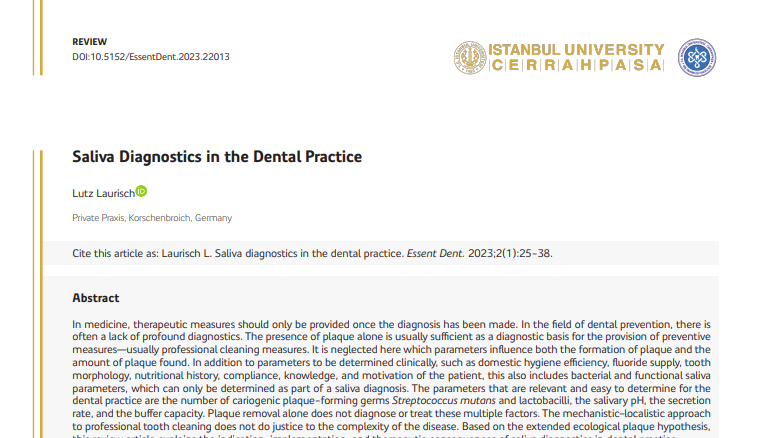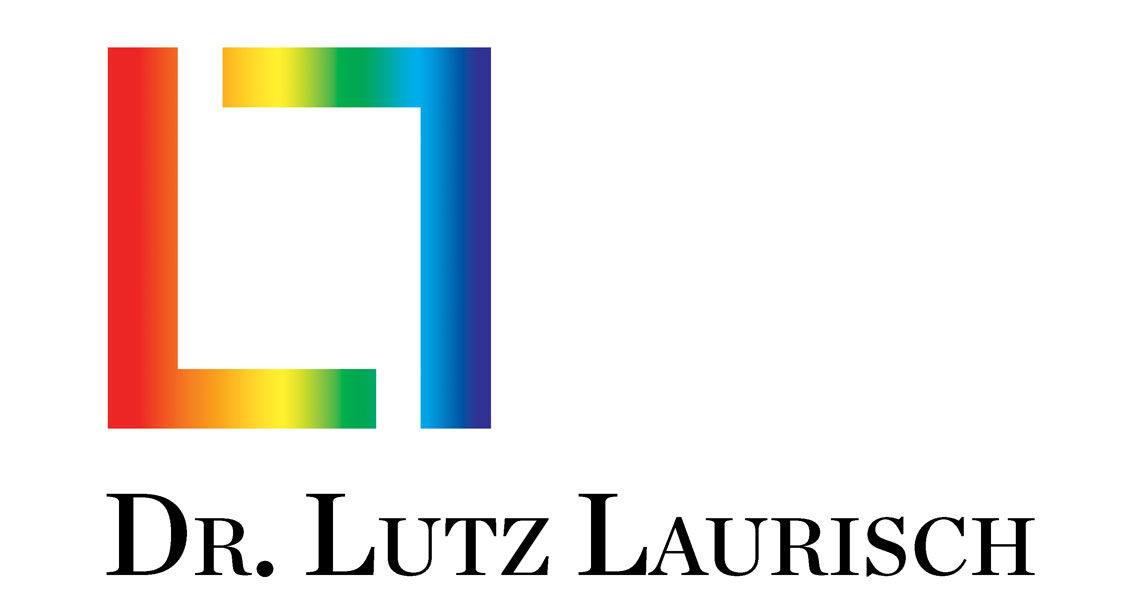In medicine, therapeutic measures should only be provided once the diagnosis has been made. In the field of dental prevention, there is often a lack of profound diagnostics. The presence of plaque alone is usually sufficient as a diagnostic basis for the provision of preventive measures—usually professional cleaning measures. It is neglected here which parameters influence both the formation of plaque and the amount of plaque found. In addition to parameters to be determined clinically, such as domestic hygiene efficiency, fluoride supply, tooth morphology, nutritional history, compliance, knowledge, and motivation of the patient, this also includes bacterial and functional saliva parameters, which can only be determined as part of a saliva diagnosis. The parameters that are relevant and easy to determine for the dental practice are the number of cariogenic plaque-forming germs Streptococcus mutans and lactobacilli, the salivary pH, the secretion rate, and the buffer capacity. Plaque removal alone does not diagnose or treat these multiple factors. The mechanistic–localistic approach to professional tooth cleaning does not do justice to the complexity of the disease. Based on the extended ecological plaque hypothesis, this review article explains the indication, implementation, and therapeutic consequences of saliva diagnostics in dental practice.


